One of the most monumental trends in Chinese history was the population shift from the Yellow River to the Yangtze. Back in the Han Dynasty–which was contemporary with Ancient Rome–most Chinese lived in the north. But when it broke up, folks left their ancestral homes and trekked south to the Yangtze area. But its tropical abundance bewildered many.
More people made the arduous journey south over the following centuries, until the Yangtze’s population exceeded the Yellow River’s. This area became China’s rice bowl. But the early immigrants had to make sense of a new environment with many plants and animals that they had never seen before. What they did had a lot to do with the spreading and endurance of Chinese culture.
One thing they did was establish city god temples. The last post explores a city god temple in Ping Yao. That’s a northern city, but Mark Edward Lewis said that when city god temples appeared a little over 1,500 years ago, most presided in the Yangtze valley and farther south.
In the earliest documented cases, from the 5th century, the god was a historical person who distinguished himself in the military and then built city walls–these gods were people honored for a civilizing mission. But the writers of this mission were constructing “The Other”.
The newly arrived Chinese were expanding against people who had long been established in the south. The Ba people in Sichuan were some of the most famous. They were warriors and keen hunters, and they worshipped the white tiger. One of their myths ends with their founder becoming one. Some Ba sacrificed people to the white tiger, and shamans might have assumed its role.
But the Chinese asserted their more humanized religion, which they often saw in terms of a civil bureaucracy. This idea became a means for Chinese to uphold their identities as they spread through new lands. Many city god myths tell of the hero vanquishing demonic spirits that were animals.
One myth tells of a hero defeating a giant water buffalo that emerged from a lake to kill people and destroy their crops. But southern people had worked with the buffalo to establish rice farming, and they associated it with civilization. China was now asserting its ideas of civilization and of how the world is linked. Other groups with very rich cultures were being marginalized.
But Chinese culture spread and it developed more ideas of a humanized universe. Much more than city god temples developed, and they became hallmarks of Chinese culture:
1. Gardens.
2. Landscape painting
3. Poetry about nature
4. Temples and monasteries in mountains. Art develop which blended spirit and nature. Many Western traditions oppose them and say that spirit is better. A lot of Chinese thought and art have affirmed both in ways that make them enhance each other.
Chinese views of politics, religion and nature as fused into a whole acquired many new forms of expression, and allowed Chinese culture to expand over an enormous part of East Asia. It will continue to be one of the world’s major civilizations because it’s very robust, with many roots.
The above photo’s from a section of Beijing’s Summer Palace, where a southern landscape with willows and lots of water is created–even though Beijing is a northern city. But the traditional Chinese architecture tames nature’s abundant growth. Both refine each other.

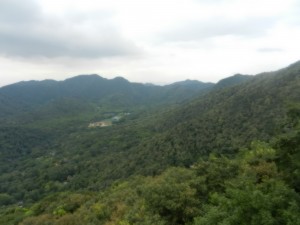
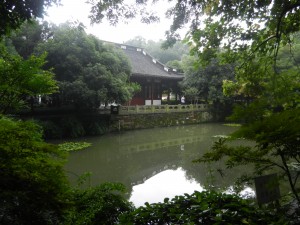
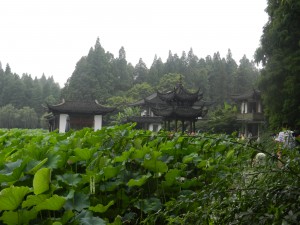
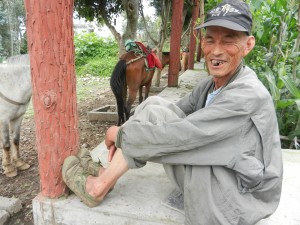
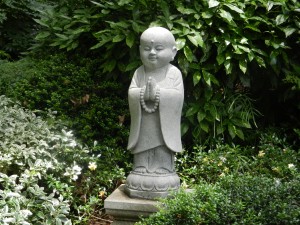
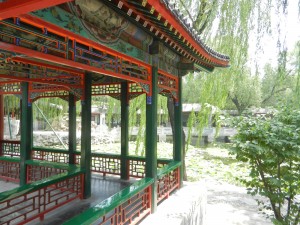
Comments on this entry are closed.